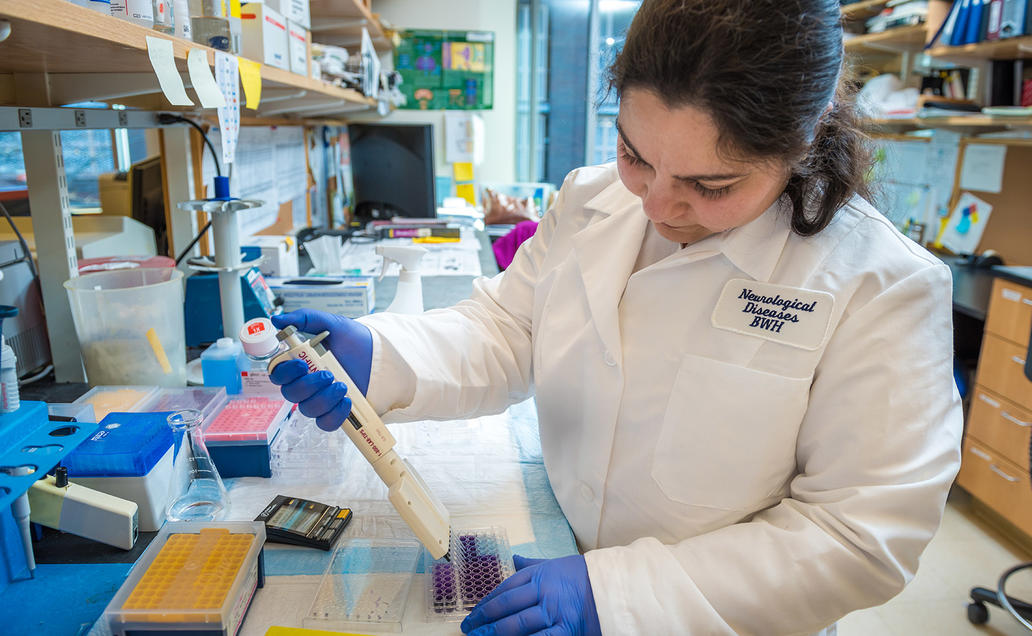The Michael J. Fox Foundation continually strives to communicate our scientific progress with the research community — through posters and presentations at meetings, in peer-reviewed scientific publications and with white paper reports.
Articles authored by Rachel Dolhun, MD, a movement disorder specialist on staff at MJFF, offer a practical review of topics related to Parkinson's disease for practicing clinicians.
-
Alpha-Synuclein: A Therapeutic Target and Potential Biomarker in Parkinson's Disease
-
-
-
-
-

Breaking Research Updates
Read the latest developments in the field’s understanding and treatment of Parkinson’s disease.
